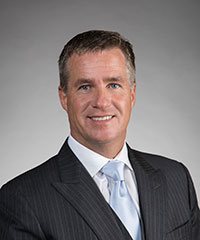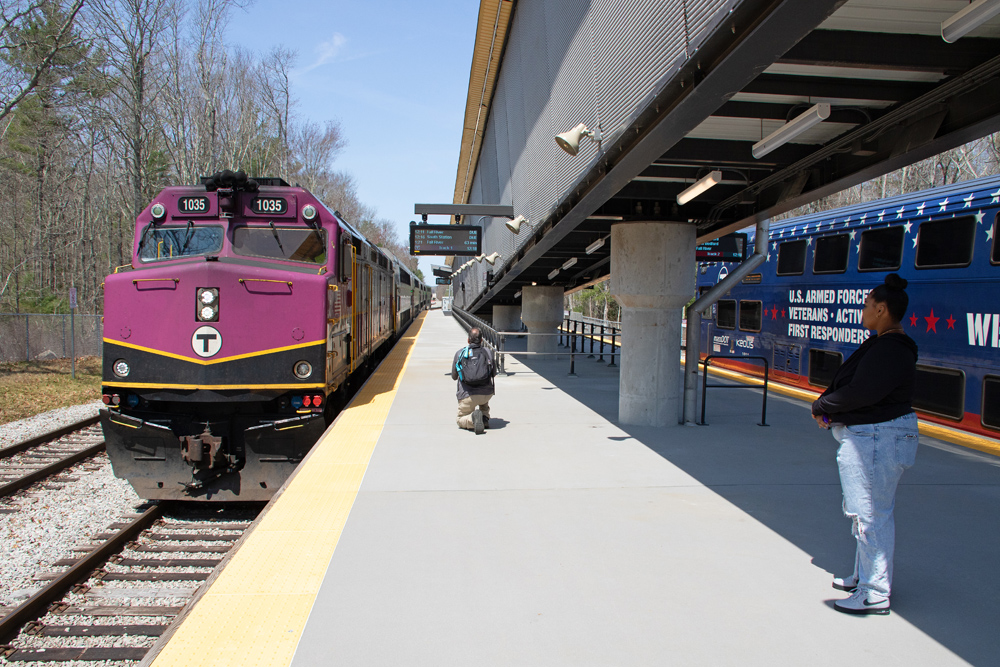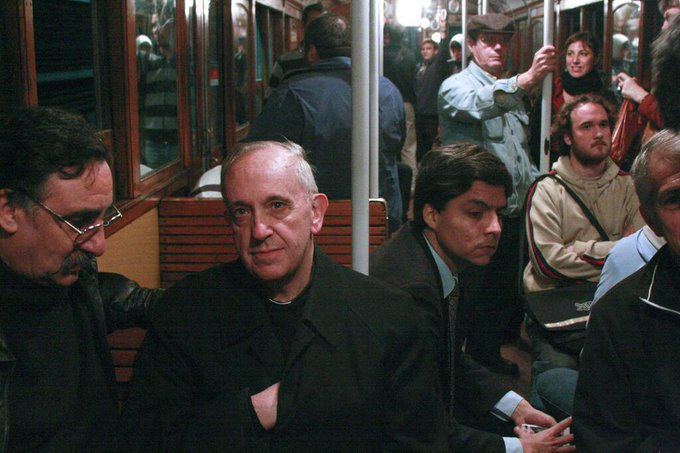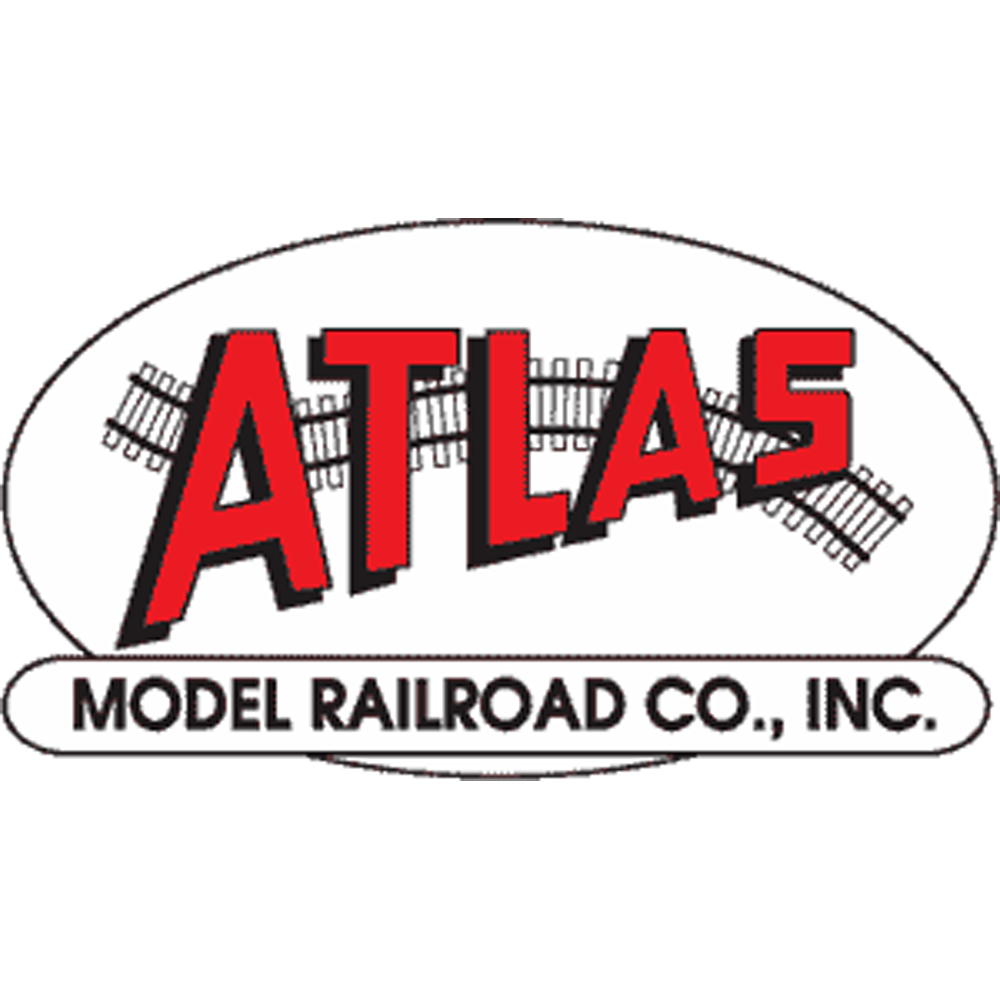Specifically, Creel points to how Chicago and other gateways remained fluid this winter despite the challenges of operating through the polar vortex and snow that followed.
“I’ve seen a fluid railroad,” Creel told analysts and investors on Tuesday. “Chicago, in spite of some of the challenges during the winter, and whether you relate that all to PSR or not, it stayed more fluid than I would have expected it to, which is encouraging.”
CP interchanges in Chicago with both Norfolk Southern and Union Pacific, which are adopting PSR operating models. It connects with Kansas City Southern, the other Class I railroad adopting PSR, in Kansas CIty.
Creel says the CP-UP interchange at Kingsport, Idaho, which handles potash and grain bound for export via Portland, Ore., “has exceeded expectations” since UP recovered from a lengthy line closure after a rock slide caused a derailment in a tunnel in Ritzville, Wash.
“So far so good, and I continue to be their biggest cheerleader and encourage each one of them individually and collectively to stay the course because ultimately they’re going to be able to create additional capacity for customers to enjoy, additional monies to invest back into infrastructure to grow capacity, not shrink capacity,” Creel says.
PSR is not about shrinking, Creel says, adding that people don’t understand the operating philosophy.
It’s the right way to run a railroad, Creel contends, from the standpoints of capacity, safety, productivity, customers, and shareholders.
The lone Class I railroad holdout is BNSF Railway, whose retired executive chairman, Matt Rose, has been critical of the Precision Scheduled Railroading.















Steven. In the world of PSR, those trains don’t exist. When they can move them again, they get a me train ID and schedule and everything looks great!
Wise words of an executive with a very different vision of railroading in the 21st century.
https://www.railwayage.com/financeleasing/matt-rose-at-ref-2019-its-about-growth-not-cutting/
I saw just how this works the other day leaving Baton Rouge La. There out at the overpass at the LA415/US190 junction was a west bound train meeting an eastbound that consisted of three locomotives and two cars. Making money NOW !!!
Well Since Mr Creel is happy. How about getting trackage rights on the spine line to bypass the river subdivision going to KC from the twin cities.. More direct interchange with KCS..
“Specifically, Creel points to how Chicago and other gateways remained fluid this winter despite the challenges of operating through the polar vortex and snow that followed.”
Evidently the line of trains on the line I run on that were parked for 24hrs and sometimes more were just mirages.
CP in the Hunter era (2012-16) was down 5.3% when measured by carloads but was up 1% on a revenue ton-mile basis.
Significant declines in carloads/units:
Crude -30%
Automotive -23%
International intermodal -19%
Sulphur and fertilizers -19%
U.S. grain -12%
Significant gains in carloads/units:
Domestic intermodal +23
Potash +13
Metals, minerals and consumer products +12
Chemicals and plastics +10
CP would tell you they let the international and some automotive business go because they couldn’t compete on cost vs. CN. The margin on one of the automotive contracts was so low that if they tipped over just one auto rack it would wipe out the profit on that particular automaker’s contract for the entire year. That said, other automakers fled to CN on account of the service disruptions while PSR was implemented.
You could make the argument that crude, sulphur/fertilizer, U.S. grain, potash, metals/minerals/consumer products, and chemicals/plastics would have gone up or down no matter what CP did. It’s just supply/demand outside the railroad’s control in what’s largely captive traffic. Of course, CP at investor day in the fall said the merchandise network is not what it could be.
Last year CP traffic was up 4%, which was the same volume increase (based on carloads) as BNSF, CN, NS, and UP.
Industry PSR propaganda plain and simple. It is the desired outcome. More money with less assets and service.
“PSR is not about shrinking”
Sorry to say, but the results suggest otherwise. The amount of traffic lost either to CN or truckers during Harrison’s tenure at CP is staggering. It has not recovered since.
PSR is built on sound operating principles, but everywhere it was implemented, it served as a excuse for a slash-and-burn regime that left railroads at odds with their shippers, employees and regulators, and whose so-called fluidity is essentially a side-effect of the self-inflicted permanent reduction in their traffic base.
when you chase away all the customers things do get fluid, you will be hard pressed to find a happy customer